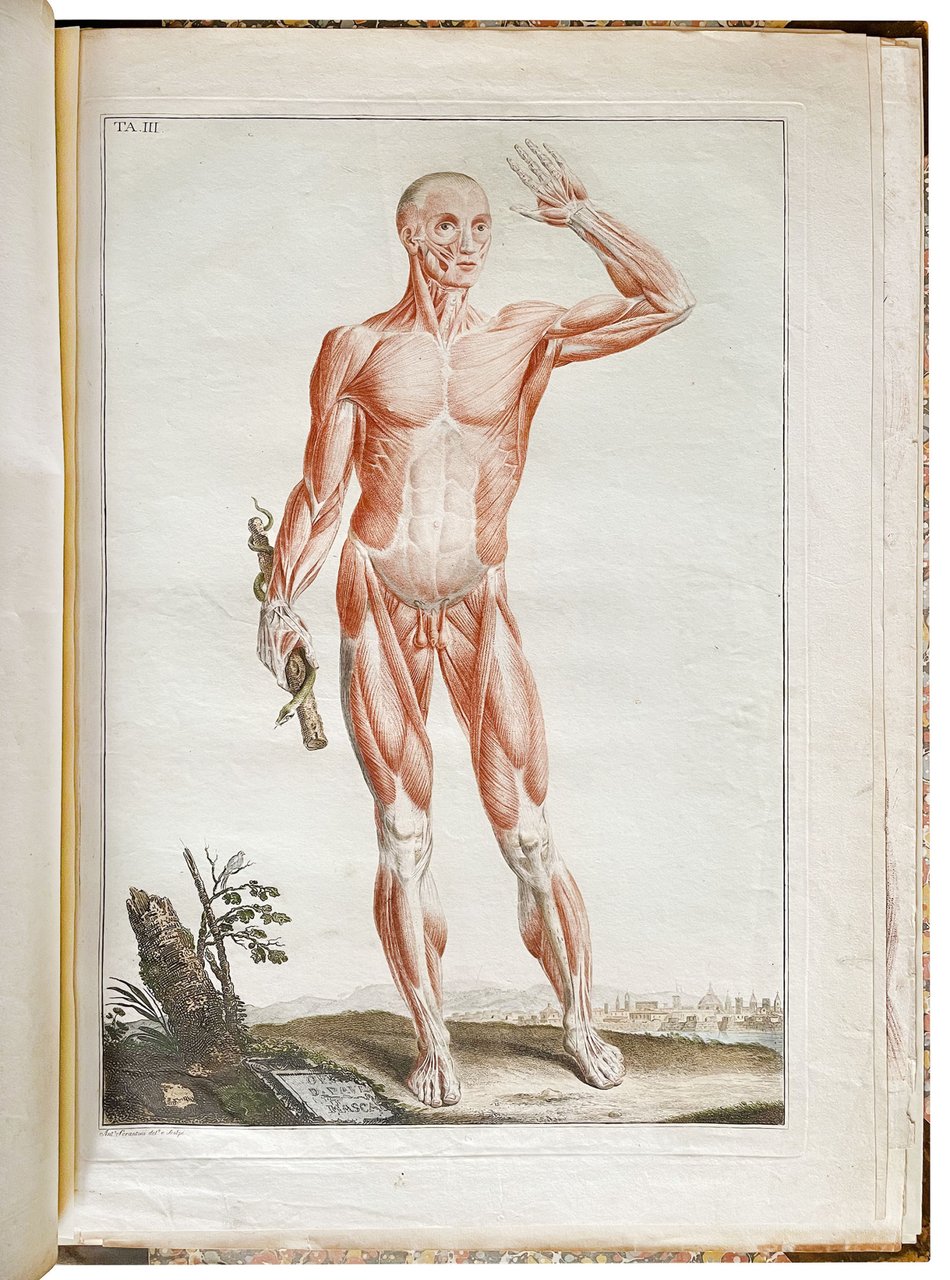
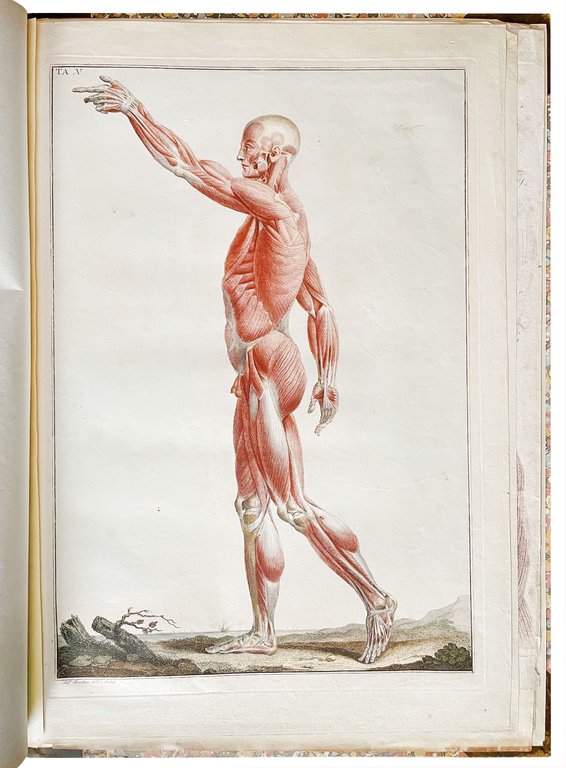
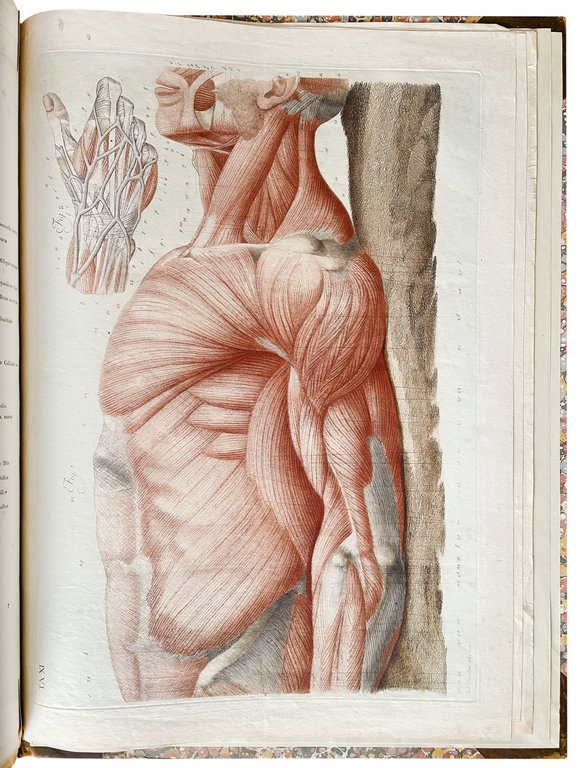
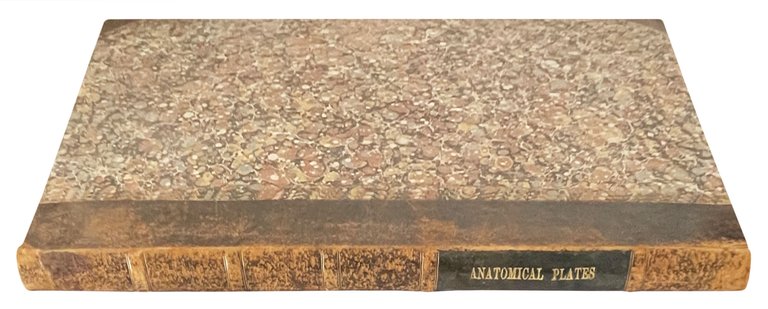
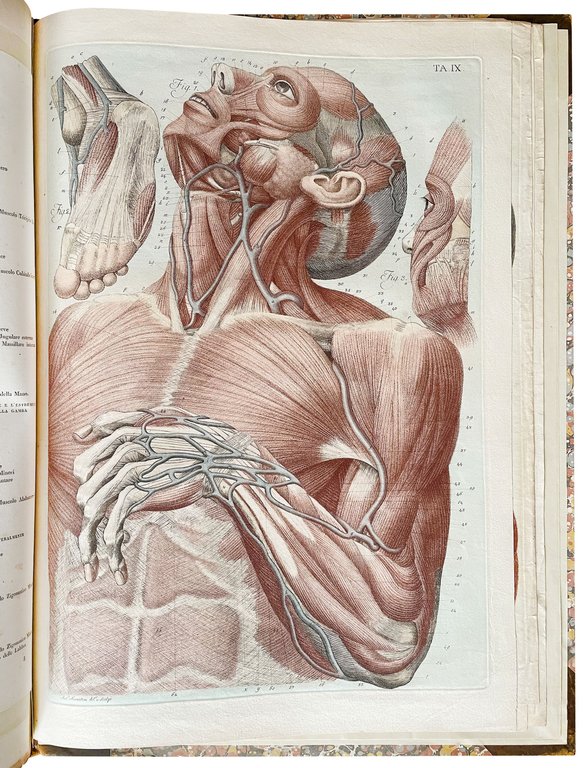
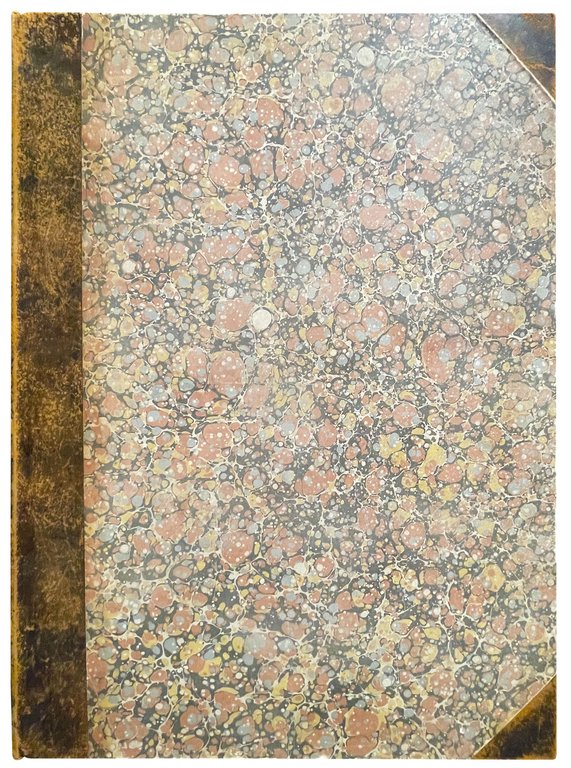
Rare and modern books
MASCAGNI, Paolo (1755-1815)
Anatomical atlas to "Anatomia per uso degli studiosi di scultura e pittura. Opera postuma di Paolo Mascagni"
Giovanni Marenigh for the heirs of the author, 1816
4500.00 €
Govi Libreria Antiquaria
(Modena, Italy)
The correct shipping costs are calculated once the shipping address is entered during order creation. One or more delivery methods are available at the Seller's own discretion: Standard, Express, Economy, In-store pick-up.
Bookshop shipping conditions:
For items priced over €300, it is possible to request an instalment plan from Maremagnum. Payment can be made with Carta del Docente, Carta della cultura giovani e del merito, Public Administration.
Delivery time is estimated according to the shipping time of the bookshop and the courier. In case of customs detention, delivery delays may occur. Any customs duties are charged to the recipient.
For more infoPayment methods
- PayPal
- Credit card
- Bank transfer
-
-
Find out how to use
your Carta del Docente -
Find out how to use
your Carta della cultura giovani e del merito
Details
Description
First edition. Mascagni died before he could see three of his manuscripts through to publication. His anatomy for painters and sculptors was posthumously published by his relatives Bernardo and Aurelio Mascagni, and edited by Francesco Antonmarchi, a pupil and anatomical colleague of Mascagni, from Mascagni's manuscripts. The beautiful plates were drawn and engraved by Antonio Serantoni (1780-1837), an artist Mascagni had trained and worked with for fourteen years on his various projected publications, including the monumental Anatomia Universa (Pisa, 1823-1831).
“The first two plates represent front and back views of the skeleton with the ligaments. The names of the bones are engraved directly on the plate. At the bottom is engraved Antonio Serantoni del., Carlo Lasinio diresse, Agostino Costa scu. The remaining thirteen plates contain no words directly on the plate, except the signature of Antonio Serantoni del. e scolpi (who had for fourteen years been Mascagni's anatomic artist). Plates III-V represent front, back, and side views of a muscle-man. Plates VI-XV represent separate parts of the body, such as life-size muscles, bones, and ligaments. The muscles are all engraved in red chalk manner, the rest is colored with the brush. The publication was prepared by Mascagni's prosector, the physician Francesco Antommarchi” (L. Choulant-M. Frank, History and Bibliography of Anatomic Illustration, Cambridge MA, c. 1993, p. 316). The muscle men are in the Vesalian style, with landscape backgrounds.
Paolo Mascagni was born in Pomarance, near Pisa, but he spent his childhood in Castelletto (now Castelletto Mascagni), a small village near Siena, where his father had a house. He attended the faculty of medicine of University of Siena, where P. Tabarrani was his professor of anatomy. He graduated in 1778. A few months later, he was appointed assistant to his master. Following the latter's death in 1780, Mascagni was put in charge of the ordinary chair of anatomy. During those years, he became particularly interested in the lymphatic vessel system. In 1784, he sent a memoir to the Académie des Sciences in Paris, which he later published in Siena under the title Prodrome d'un ouvrage sur le système des vaisseaux lymphatiques. Another major work, the culmination of his research on the subject, was published three years later in Latin as Vasorum lymphaticorum corporis humani historia et ichnographia. Felice Fontana, a friend of Mascagni's, asked him to help prepare some anatomical specimens for the Museum of Physics and Natural History in Florence. After Napoleon's troops arrived in Tuscany, Mascagni experienced several difficult years during which he was arrested multiple times. Nonetheless, in 1801, he was appointed professor of anatomy in Pisa, though he was required to teach his courses in Florence. After 1807, he also taught pictorial anatomy at the Academy of Fine Arts in Florence. In 1811 he became a corresponding member of the Institute of Sciences in Paris. He died suddenly in Castelletto on October 19, 1815. His masterpiece, Anatomia Universa, the first anatomy with life-size figures, appeared posthumously in nine issues between 1823 and 1831 (cf. Choulant-Frank, op. cit., pp. 315-320).
Waller, 6292; Wellcome, IV, p.73; Italian Union Catalogue, IT\ICCU\PUVE\029106.

